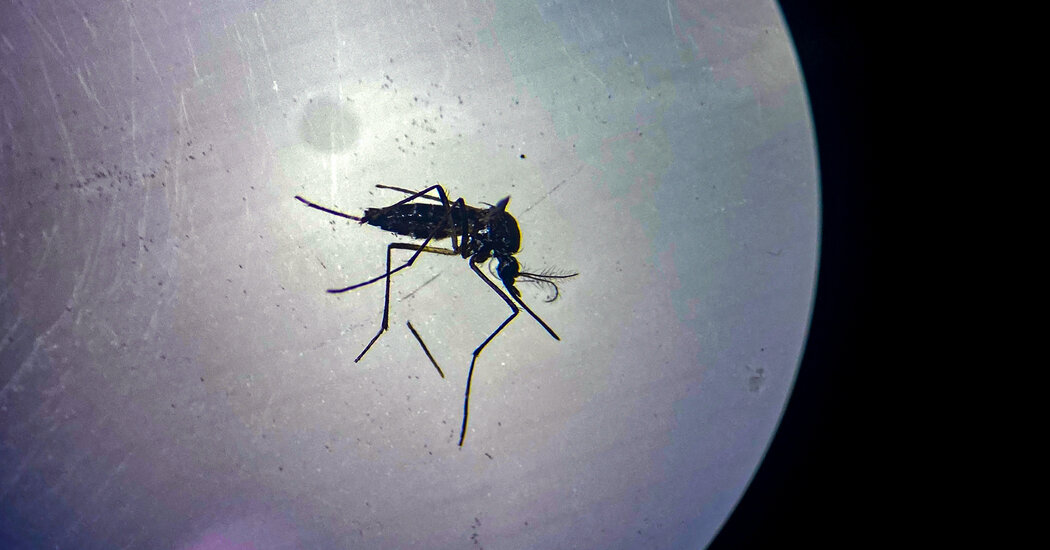Copyright The New York Times

Letters to the editor from writers using chatbots are flooding the world’s scientific journals, according to new research and journal editors. The practice is putting at risk a part of scientific publishing that editors say is needed to sharpen research findings and create new directions for inquiry. A new study on the problem started with a tropical disease specialist who had a weird experience with a chatbot-written letter. He decided to figure out just what was going on and who was submitting all those letters. The scientist, Dr. Carlos Chaccour, at the Institute for Culture and Society at the University of Navarra in Spain, said his probing began just after he had released a paper in The New England Journal of Medicine, one of the world’s most prestigious journals. The paper, published in July, was on controlling malaria infections with ivermectin, and it appeared with a laudatory editorial. Then, 48 hours later, the journal received a strongly worded letter. The editors considered publishing it and, as is customary, sent it to Dr. Chaccour for his reply. “We want to raise robust objections,” the letter began, going on to say that Dr. Chaccour and his colleagues had not referred to a seminal paper published in 2017 showing that mosquitoes become resistant to ivermectin. Thank you for your patience while we verify access. If you are in Reader mode please exit and log into your Times account, or subscribe for all of The Times. Thank you for your patience while we verify access. Already a subscriber? Log in. Want all of The Times? Subscribe.



